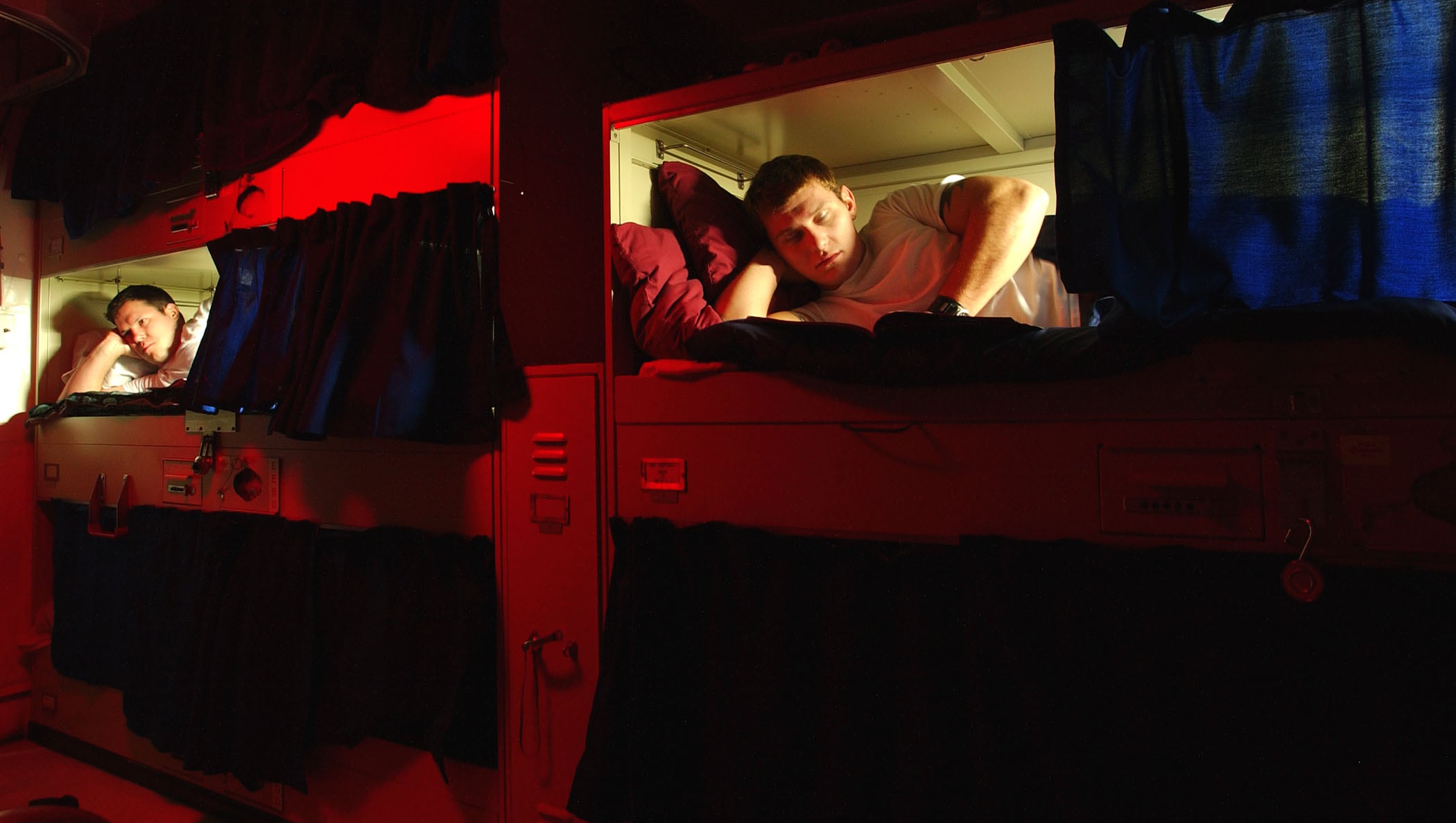The Navy’s Pacific Fleet is standing up a new command that will consolidate training and certification oversight for ships based in Japan, according to Chief of Naval Operations Adm. John Richardson.
The announcement came as part of the top Navy officer’s prepared remarks before a Senate Armed Services Committee hearing Tuesday where he faced pointed questions about the sea service’s recent at-sea incidents, including the fatal collisions this summer involving the destroyers Fitzgerald and John S. McCain that killed 17 sailors.
Dubbed the Naval Surface Group Western Pacific, the new command will help ensure 7th Fleet ships are properly certified.
“What we do is inherently dangerous,” Richardson said in his remarks. “It is a leadership responsibility to ensure we provide the right oversight and training to keep our team at their operational peak.”
Recent government watchdog reports have found that 37 percent of Japan-based cruisers and destroyers were operating with expired certifications as of June.
During committee questioning, Richardson said a plan that allowed ships to operate with expired certifications became “pretty pervasive.”
RELATED

The Navy is reviewing its “risk assessment management plan,” or RAMP, which kept ships on patrol even if their qualifications in critical areas like damage control, navigation and flight deck operations had lapsed.
He said “just about every ship” has certification elements that have expired, but that certain ones can be managed.
“Where it becomes troublesome is if it becomes too many areas,” Richardson said.
He likened expired certifications to an expired driver’s license.
“It might not necessarily mean you don‘t know how to drive anymore,” Richardson said.
But he also added that “we do need to recognize those certifications mean something.”
“If that certification has meaning, then we‘ve got to do the damn certification, and we can’t just walk by it,” Richardson said.
Richardson also noted in his remarks that all Japan-based ships are now undergoing inspections to ensure they are ready for sea duty. Navy officials are looking at things like watchstander proficiency and material readiness.
“Immediate remediation will be conducted for ships found deficient, and they will not be assigned for operational tasking until they are certified to be ready,” Richardson said.
Navy leaders have noted that deficiencies in basic seamanship have played a role in several at-sea incidents this year.
Aside from the Fitzgerald and McCain collisions in June and August, respectively, the cruiser Antietam ran aground in Tokyo Bay in January.
The cruiser Lake Champlain, deployed to 7th Fleet waters as part of a carrier strike group, collided with a South Korean fishing vessel in May.
Among efforts going forward as official reviews continue, Richardson said ships are now using the automatic identification system, or AIS, while transiting busy waters. AIS is a commercial vessel tracking system.
Richardson and Secretary of the Navy Richard Spencer appeared before the committee for hours Tuesday, answering questions about training, manning and readiness issues. Lawmakers also asked why the service did not implement any changes recommended by the Government Accountability Office in reports going back to at least 2010.
Geoff is the managing editor of Military Times, but he still loves writing stories. He covered Iraq and Afghanistan extensively and was a reporter at the Chicago Tribune. He welcomes any and all kinds of tips at geoffz@militarytimes.com.





